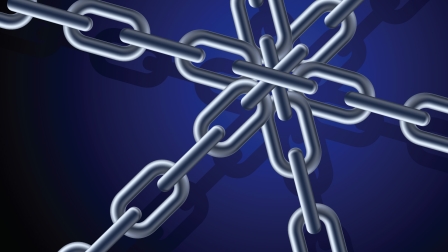We’ve all heard of unnatural link penalties from having a spammy backlink profile, but columnist Tony Edward notes that your site’s outbound links need to be monitored as well.

Most of us are aware of link penalties that occur if you have low-quality or spam links pointing to your site. But did you know you can also be penalized by Google for how you link to other websites from your site? Yup, you sure can. It’s called an “unnatural outbound links” penalty, and similar to the inbound link penalty, it can be applied partially or sitewide.
Recently, we conducted an audit for a new client, and we flagged the spammy linking that was being done in a particular section of their site. The content manager was unknowingly allowing guest bloggers to submit content to be published with links pointing back to their sites. This content contained a high volume of links and overoptimized anchor text.
Our recommendations to remove these links were ignored and not seen as high-priority, despite our efforts to convey the severity of this issue.
Then Google released the Penguin 4 real-time update. Soon after, our client’s site was flagged for a manual penalty. Below are screen shots from Google Search Console outlining the manual outbound link penalty for partial site matches.


How to avoid an outbound link penalty
Here are some tips to help you avoid an outbound link penalty:
- Avoid linking to spam and low-quality websites.
- Nofollow links in user-generated content by default, or simply don’t allow them.
- Don’t allow any links within guest post content that is published on your site, unless someone on your staff has manually reviewed and approved the links.
- Do not link to sites that are providing you with some type of compensation for doing so, such as money, goods for services or reciprocal links.
- Train your site’s content managers to be aware of who and what they are linking to. Reference Google’s Link Scheme resource page.
What to do if you’re penalized
If you’ve received an outbound linking penalty, you should take the following steps to facilitate a resolution:
- Identify the links on your site that are pointing to external websites. You can use a tool such as Screaming Frog (External Report) to identify outbound links.
- Audit these links to identify the ones that do not meet Google’s guidelines.
- Remove the problematic links, or add a nofollow tag to the links so they do not pass PageRank.
Example:
<a href=”signin.php” rel=”nofollow”>sign in</a>
- Submit a reconsideration request in Google Search Console. Outline what changes were done on your site to remove the link issues. Be as detailed as possible, and outline what steps you have put into place to prevent this from happening again.
[Article on Search Engine Land.]
Some opinions expressed in this article may be those of a guest author and not necessarily Marketing Land. Staff authors are listed here.
Marketing Land – Internet Marketing News, Strategies & Tips
(63)
Report Post






